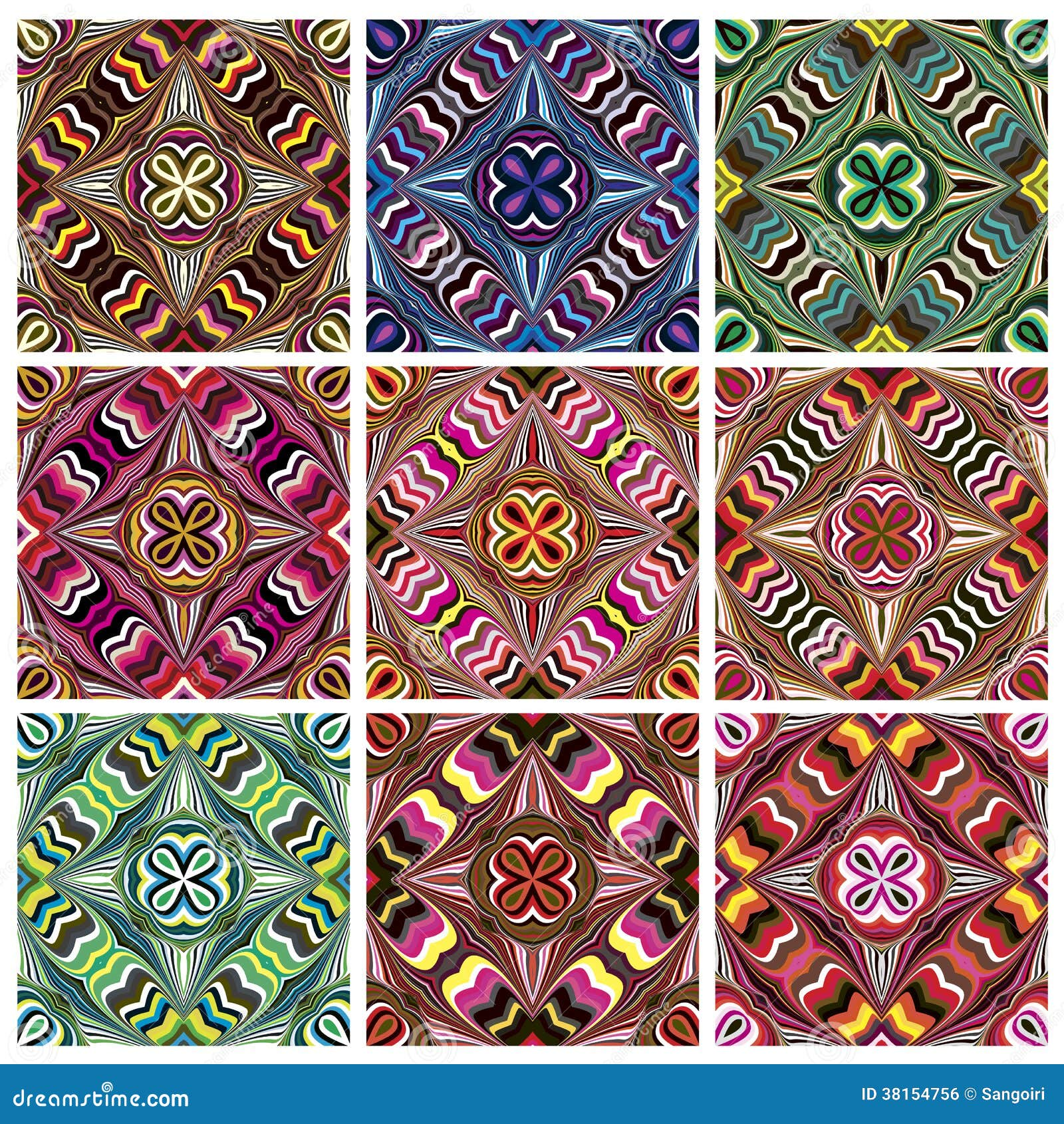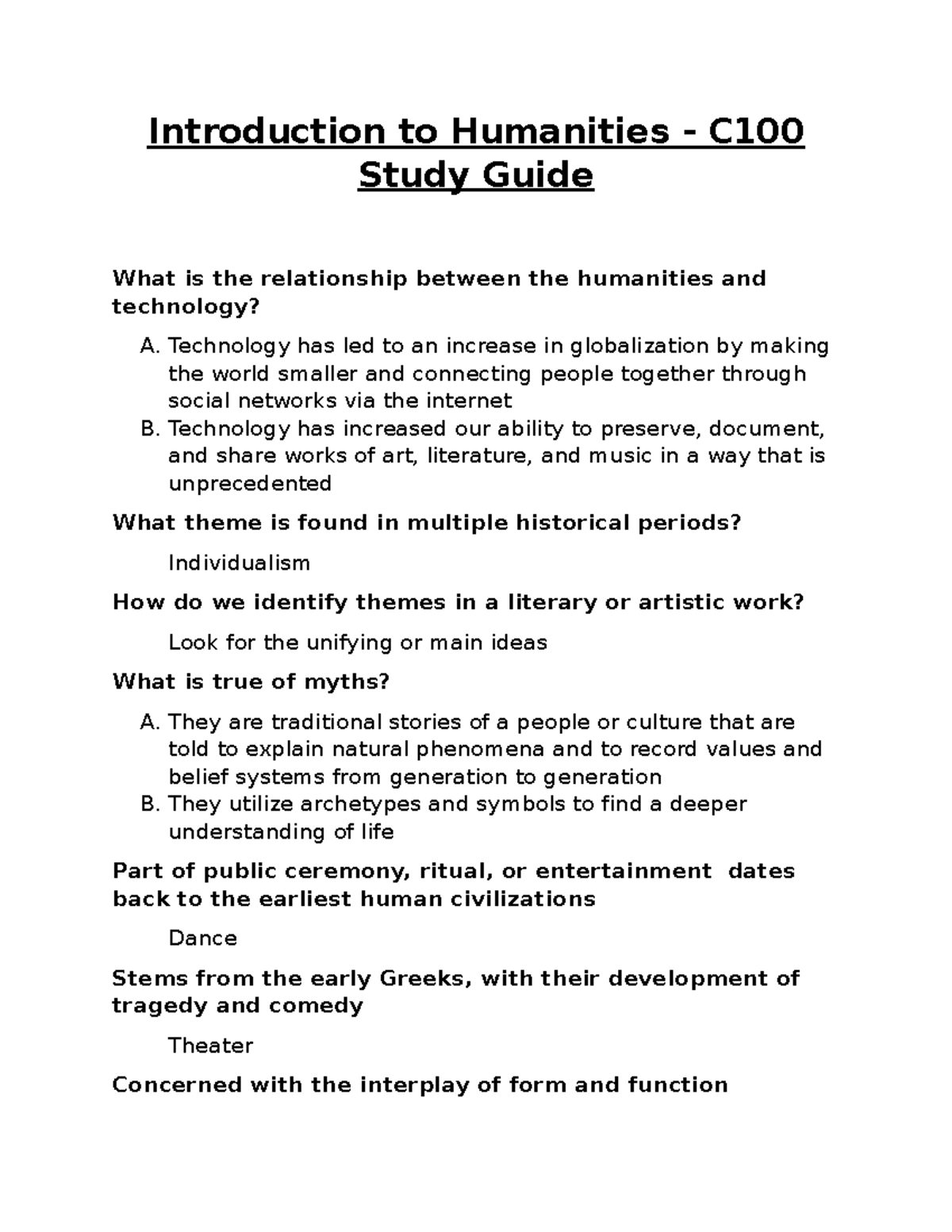Mapping Color in South Asian Art: A Historical Insight
April 5, 2025 | Culture News | No Comments

Mapping Color in South Asian Art is an exciting initiative that aims to delve into the vibrancy and diversity of pigments used throughout the region’s artistic history. As researchers like Jinah Kim uncover the origins and compositions of various colorants in South Asia, they challenge long-standing assumptions about European influences in indigenous art. The project highlights the crucial intersection of art history database development and South Asian pigment analysis, which can reshape our understanding of historical pigments. This cultural heritage research not only preserves the traditional art forms of South Asia but also broadens the scope for future studies on color usage in art. By mapping these colors, the initiative invites art historians, conservators, and students to explore a previously underserved area of art scholarship and engage with the rich tapestry of cultural expression in South Asia.
Exploring the spectrum of hues present in the artistic traditions of the Indian subcontinent, the project “Mapping Color in South Asian Art” aims to rediscover the importance of indigenous colorants and their use in historical artworks. Through meticulous analysis of pigments and their historical contexts, researchers are constructing a comprehensive database that encapsulates the nuances of art from this vibrant region. This initiative not only addresses traditional art history but also enhances our knowledge of colorant practices, bringing attention to the indigenous techniques that have shaped South Asian visual culture. By connecting art and science, the project serves as a vital resource for academics, conservators, and anyone interested in the historical significance of color in artistic expression. As such, it stands as a beacon for both artistic heritage preservation and scholarly inquiry.
Exploring South Asian Pigment Analysis
The realm of South Asian art is rich with color and history, yet the precise understanding of the pigment composition used by artists over centuries remains elusive. Through rigorous South Asian pigment analysis, researchers like Jinah Kim delve deep into historical manuscripts, unraveling the mysteries of colorants utilized throughout different eras. This pursuit not only highlights the unique palette inherent to South Asian art but also challenges the notion that artistic practices were predominantly influenced by European imports from the 17th century onward. Understanding indigenous colorants and materials used prior can reshape art history narratives and enhance our appreciation of cultural artifacts.
As the Mapping Color in History Project unfolds, it opens new pathways for art historians, conservators, and cultural heritage researchers alike. By employing non-destructive testing methods and drawing on a database that encapsulates both artistic intent and scientific analysis, the project sets a new precedent in the field of art history. This dual approach allows for a comprehensive look at pigments used in South Asian artworks, leading to potential discoveries of previously undocumented colorants and techniques, thus enriching the historical context surrounding these invaluable pieces.
The Importance of Cultural Heritage Research
Cultural heritage research plays a pivotal role in preserving and understanding the artistic expression of past civilizations. The insights gained from the Mapping Color project not only serve art historians but also contribute significantly to cultural heritage preservation efforts. By identifying historical pigments and their origins, researchers can advocate for better conservation practices that honor the authenticity of the artworks while ensuring their longevity for future generations. This holistic approach underscores the significance of valuing and preserving the cultural narratives embedded within each artwork.
Moreover, as contemporary artists and craftsmen continue to draw inspiration from traditional techniques, cultural heritage research becomes critical in bridging the past with the present. The collaboration with modern practitioners, like Babulal Marotia, illustrates how understanding historical colorants can influence current artistic methods. Such synergies advocate for the revival and preservation of traditional art forms, ultimately contributing to the continuation of cultural practices that define South Asian identity.
Mapping Color in South Asian Art: A New Era of Art History
Mapping Color in South Asian Art stands as a groundbreaking initiative that merges conservation science with art historical research. With the advent of an open-access database, stakeholders across various fields can now engage with rich data on pigment analysis, enhancing both research outputs and public engagement. This communal knowledge base allows historians, conservators, and educators to explore the intricate relationships between colors and cultural expressions, thereby enriching the discourse on South Asian art.
In addition, this project’s innovative approach to creating a cohesive art history database marks a departure from traditional practices that often overlook the colorful diversity of South Asian artworks. By creating a platform where both scientific findings and historical context intersect, researchers can now formulate a more comprehensive understanding of the art of this region. The potential for new academic inquiry and discovery is vast, resulting in a richer, more nuanced comprehension of art history that acknowledges both indigenous and imported influences.
Innovative Techniques in Pigment Analysis
The integration of innovative techniques in pigment analysis has revolutionized how art historians and conservators approach the study of historical artworks. Non-invasive methods, such as x-ray fluorescence and Raman spectroscopy, have enabled scientists to identify pigments in delicate manuscripts without damaging them. This commitment to preserving the integrity of the art while gaining valuable insights into their compositions is a defining characteristic of contemporary art history research.
With methods that reveal the layered complexity of colors found in South Asian artworks, researchers can now discern subtle variations that might indicate differing sources or periods of pigment usage. This enhanced level of detail not only aids in authenticating works of art but also in understanding the artist’s choice and technique, providing a window into the aesthetic decisions that shaped the vibrant visual culture of South Asia.
The Collaboration of Art Historians and Scientists
The Mapping Color in History Project exemplifies the successful collaboration between art historians and scientists, merging their expertise to uncover the artistic techniques of the past. This interdisciplinary approach is essential, as the complexities of historical pigments often require a multifaceted analysis that incorporates both artistic knowledge and scientific rigor. As Jinah Kim notes, this collaboration acts as a ‘three-legged stool’—without each component, the project’s objectives cannot be fully achieved.
By fostering such teamwork, the project not only enhances the understanding of pigments used in South Asian art but also encourages broader conversations about methodology. This merging of art historical inquiry with scientific analysis paves the way for expanding the definitions and boundaries of both fields, inspiring new methodologies that other research projects might adopt in their investigations of cultural artifacts.
Understanding Historical Pigments: From Past to Present
Investigating historical pigments offers invaluable insight into the artistry and cultural practices of South Asia. Analyzing materials such as Indian yellow, orpiment, and cobalt allows researchers to trace the lineage of these colors, shedding light on the resources available to artists at various times and places. This appreciation for historical pigments is not only vital for academic inquiry but also for informing conservation strategies in the present day.
As researchers apply findings from historical pigment studies to modern practices, there is an opportunity to revive traditional color mixtures and techniques that may be fading from contemporary use. By understanding how historical artists approached their palettes, today’s artists can rekindle those connections, enriching their work with a profound sense of tradition while honoring the cultural heritage passed down through generations.
The Database as a Resource for Future Research
The establishment of a comprehensive art history database through the Mapping Color project opens doors for future researchers in the field. This accessible resource empowers not only academics but also students and cultural heritage professionals by providing a centralized collection of information about pigments, techniques, and historical context. The ability to filter and search through diverse datasets facilitates a more nuanced understanding of South Asian art.
The expansion and continual enhancement of the database are critical as more art pieces undergo scientific analysis and documentation. Ongoing research and the addition of new findings will support deeper inquiries into artistic trends, regional color usage, and cross-cultural influences over time. The promise of this evolving resource ensures that the study of South Asian art will remain dynamic and responsive to both historical scholarship and contemporary artistic developments.
Implications for Art Conservation Practices
The advances made in pigment analysis directly impact art conservation practices, especially for delicate historical works. Understanding the molecular composition of colorants used in ancient manuscripts allows conservators to devise more effective strategies for preservation that respect the original material and intent of the artist. This knowledge is crucial, as improper techniques can irreparably damage a work of art.
Furthermore, by employing scientifically-backed methodologies, conservators can more accurately assess the condition of artwork and make informed decisions about necessary interventions. This level of precision not only aids in preserving individual pieces but also contributes to the broader mission of protecting cultural heritage for posterity, ensuring that future generations can appreciate the brilliant colors and stories woven into South Asian artistic practices.
Future Directions in Art Historical Research
As the Mapping Color in History Project continues to grow, it paves the way for future directions in art historical research that are increasingly collaborative and interdisciplinary. By integrating insights from science, history, and contemporary artistic practice, researchers can create a more holistic understanding of art production in South Asia. Furthermore, as technology evolves, new methods for analysis may emerge, expanding the toolkit available for scholars.
This ongoing evolution signifies that the study of South Asian art is far from static. Instead, it embraces change and the potential for new discoveries. By fostering a culture of innovation and curiosity, future researchers will undoubtedly uncover more about the rich tapestry of colors, materials, and techniques that have defined South Asian artistic expression for centuries.
Frequently Asked Questions
What is the Mapping Color in South Asian Art project?
The Mapping Color in South Asian Art project is an initiative aimed at creating a comprehensive pigment database focused on historical artworks from South Asia. It analyzes pigments used in various art pieces, providing insights into indigenous colorants and their historical context, thereby enhancing our understanding of South Asian cultural heritage.
How does the Mapping Color project contribute to South Asian pigment analysis?
The Mapping Color project significantly advances South Asian pigment analysis by providing a digital platform that catalogues historical pigments used in artworks. Through this database, researchers can access vital pigment information, encouraging further examination of indigenous colorants and challenging previously held notions of European influence in South Asian art.
What is the relationship between historical pigments and Mapping Color in South Asian Art?
Historical pigments play a critical role in the Mapping Color project as they help trace the development and use of colorants in South Asian art. The project aims to identify and catalog these pigments, fostering a better understanding of their cultural significance and how they were utilized by artists throughout history.
How does the Mapping Color in South Asian Art database enhance art history research?
The Mapping Color in South Asian Art database enhances art history research by providing an open-access resource where art historians can explore data about specific pigments, their sources, and applications in artworks. This facilitates a deeper understanding of the artistic practices in South Asia and promotes cross-disciplinary collaboration among art historians and conservation scientists.
What techniques are employed in the Mapping Color in South Asian Art project for pigment analysis?
The Mapping Color project employs non-destructive techniques such as infrared and ultraviolet imaging, x-ray fluorescence, and Raman spectroscopy to analyze pigments in artworks. These methods allow researchers to identify the composition of pigments without damaging the original pieces, ensuring the preservation of cultural heritage.
Who can benefit from the Mapping Color in South Asian Art database?
The Mapping Color in South Asian Art database is designed to benefit a wide audience, including art historians, curators, educators, and students. Its user-friendly interface allows anyone interested in the field of color and cultural heritage to access valuable information and insights for their research and studies.
What challenges do researchers face in the Mapping Color in South Asian Art project?
Researchers in the Mapping Color in South Asian Art project face challenges such as the lack of precise historical data regarding the origins, dates, and artists of many South Asian artworks. This ambiguity complicates efforts to accurately map pigments and understand their cultural significance, highlighting the need for continued research and comparative studies.
Why is the study of colorants in South Asia important?
The study of colorants in South Asia is important because it reveals the rich artistic traditions and indigenous knowledge systems that have contributed to the region’s cultural heritage. Understanding these colorants helps contextualize historical artworks and can challenge prevailing narratives about external influences on South Asian art.
How does the Mapping Color in South Asian Art project address past misconceptions about colorants?
The Mapping Color in South Asian Art project addresses misconceptions by providing empirical evidence from pigment analysis that questions the dominance of European colorants in South Asian art. By identifying local sources and usages of pigments, the project highlights the sophisticated understanding and application of color by South Asian artists throughout history.
What future developments are planned for the Mapping Color in South Asian Art database?
Future developments for the Mapping Color in South Asian Art database include adding more artworks, improving visualization tools, and incorporating certainty indicators. These enhancements aim to provide richer insights into color usage trends and further the understanding of South Asian artistic practices.
| Key Points | Details |
|---|---|
| Project Purpose | To create an object-based pigment database for historical research on South Asian art. |
| Significant Discovery | Cobalt found in a 15th-century manuscript was from a different source than European imports, suggesting indigenous knowledge of colorants. |
| Research Collaboration | The project integrates expertise from art history, digital humanities, and conservation science. |
| Database Features | Open-access, searchable by artwork details and scientific analysis; facilitates interdisciplinary collaboration. |
| Scientific Techniques | Utilizes non-destructive methods for pigment analysis such as UV imaging and Raman spectroscopy. |
| Educational Contribution | Aims to provide resources for a wide range of users including art historians, curators, and students. |
| Future Goals | Enhance the database by adding more artworks and visualization tools. |
Summary
Mapping Color in South Asian Art is a transformative project aimed at exploring the historical use of pigments in the region’s artwork. This initiative highlights the significance of understanding indigenous colorants and their historical implications, offering a new perspective on the rich artistic traditions of South Asia. By developing an interactive, open-access pigment database, the project facilitates research collaboration among art historians, scientists, and digital humanists. The ongoing efforts not only enrich our understanding of historical artworks but also showcase the potential for future discoveries in South Asian art.
art history database, colorants in South Asia, cultural heritage research, historical pigments, Mapping Color in South Asian Art, South Asian pigment analysis

